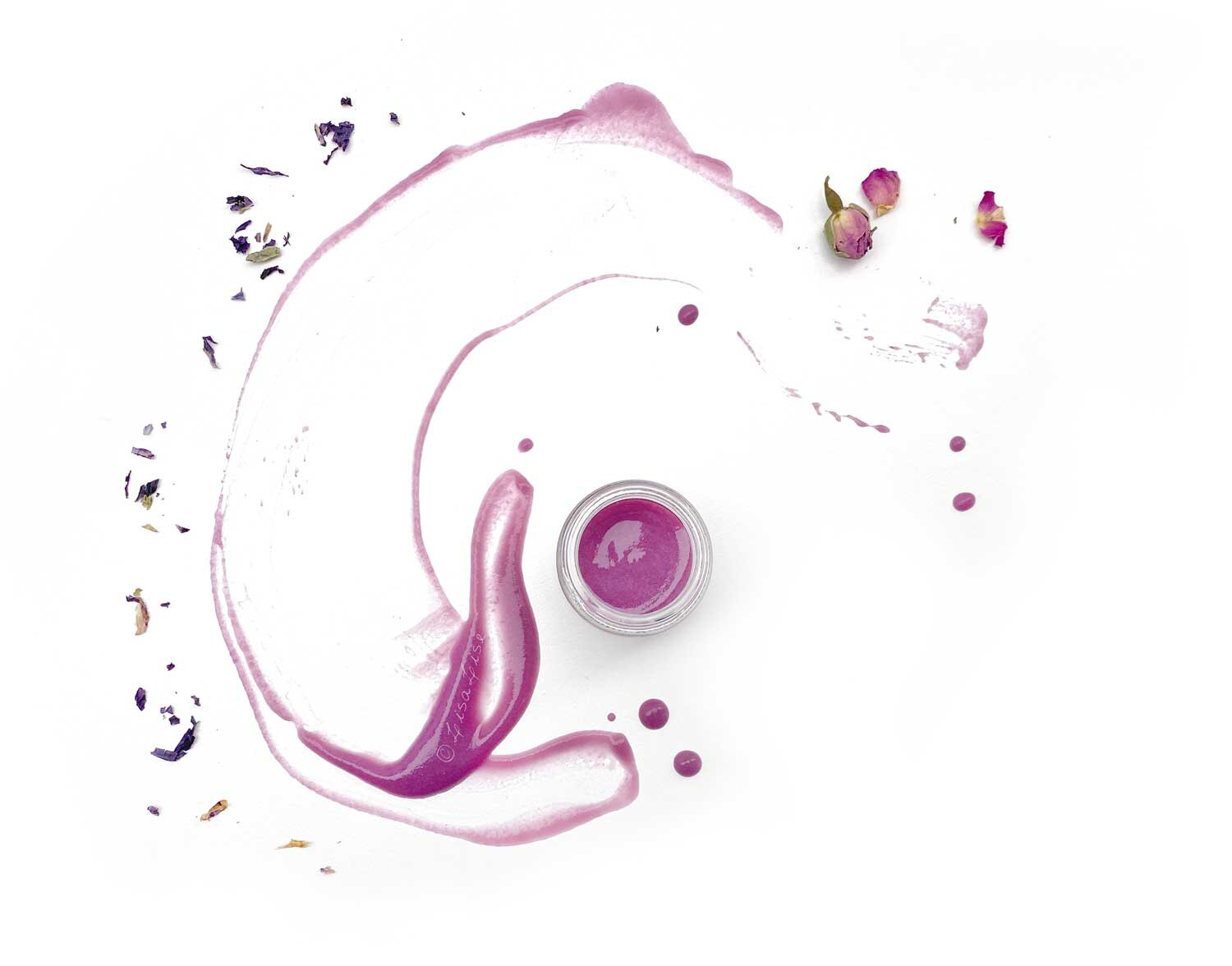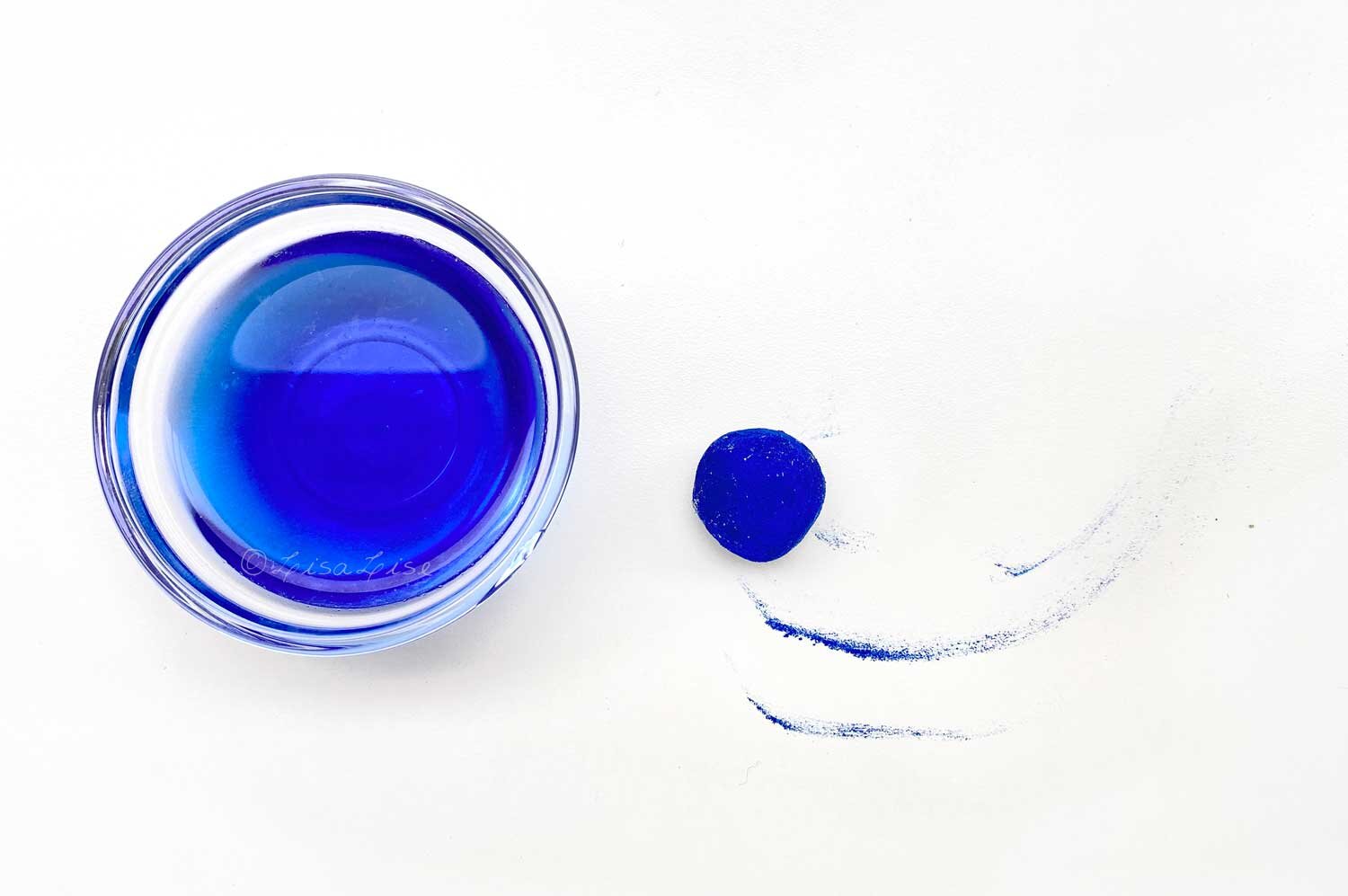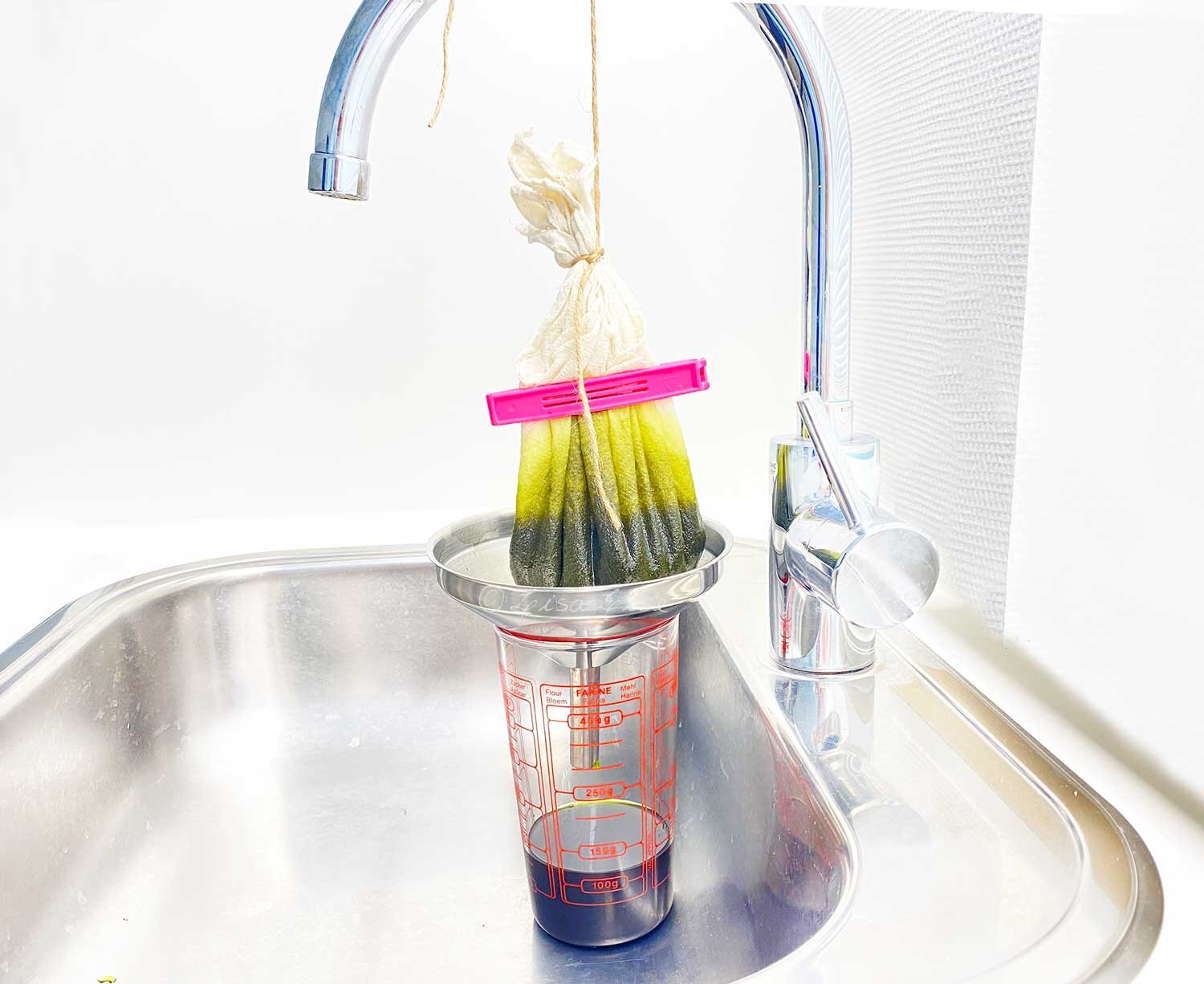Working with Extvolat - Preservative Free Skincare
Lise
If you’re a follower of this blog, you may have read this post about pine trunk extract and how it can replace both water and preservatives in cosmetics. The idea of being able to do this with an all natural, sustainably produced ingredient sounds too good to be true, doesn’t it?
Well, guess what.
Not only is it doable, but Extvolat has surpassed my wildest expectations - even when I pulled out all the stops to test the limits of its preservative power.
But before we get busy with my tests, I’ll answer a couple of questions you’ve been asking me.
1. What Does it Smell Like?
Several have asked me about the scent – whether it is necessary to mask or if it smells like “household cleaner”. I am happy to report the scent is quite discreet and pleasant. It is not at all dominant and easily disappears into a mix.
In the product you see pictured above, it was paired with a simple herbal infusion of mallow (which has a relatively mild fragrance) and is not even detectable.
2. Is it Hard to Work With?
Not in the least. It’s as easy as working with water.
3. Does it Give a Different Feel?
Without having done side by side test batches, I can only answer with my general impressions. It doesn’t seem to change the feel of any product I have used it in.
The manufacturer says you can use it straight up as a toner, skin tonic or skin mist and it really feels both refreshing and hydrating. The subtle pine fragrance does come through when you use it solo and I find it quite pleasant.
Testing Limits
The makers of Extvolat suggest replacing all of the water in a formula with their pine trunk extract, and I’ve done that successfully in a couple of small batches of emulsions. The product you see pictured above was made to both test limits and to create a real hydrating gel mask that would provide a powerful moisture boost.
Pictured above is a relatively minimalistic gel with freshly made (but unpreserved) infusion of mallow, handcrafted self preserving rose glycerite, marine algae extract, and Extvolat. (Check this post to learn a bit more about mallow for skincare). I thickened the liquids with a combination of natural gelling agents.
Packaging included bottle, serum bottle, and a sample placed in the bottom half of a small jar (pictured above). Leaving air ‘headroom’ in the jar was deliberate and helps create a more challenging environment for an unpreserved water-based product. Additionally, the jar has been exposed to direct sun and daylight (it’s standing on a windowsill). I have dipped into it a few times with (not recently washed) fingers, opened it and sniffed frequently and pretty much dared it to go bad.
Even though I did replace all water with Extvolat, a generous portion of this formula is herbal infusion (made with distilled water) – and that’s like asking for trouble. Usually an unpreserved herbal infusion will grow mould and all kids of other visible nastiness within a few short days. At the time of writing this, the sample is still going strong at 2 months.
And as a moisturizing mask? This is definitely a winner!
More updates to come!
Want to learn more about this ingredient? Check this post (which also has links to the manufacturer)
Do Tell
Have you worked with Extvolat? What were your impressions? Please leave in a comment below.















